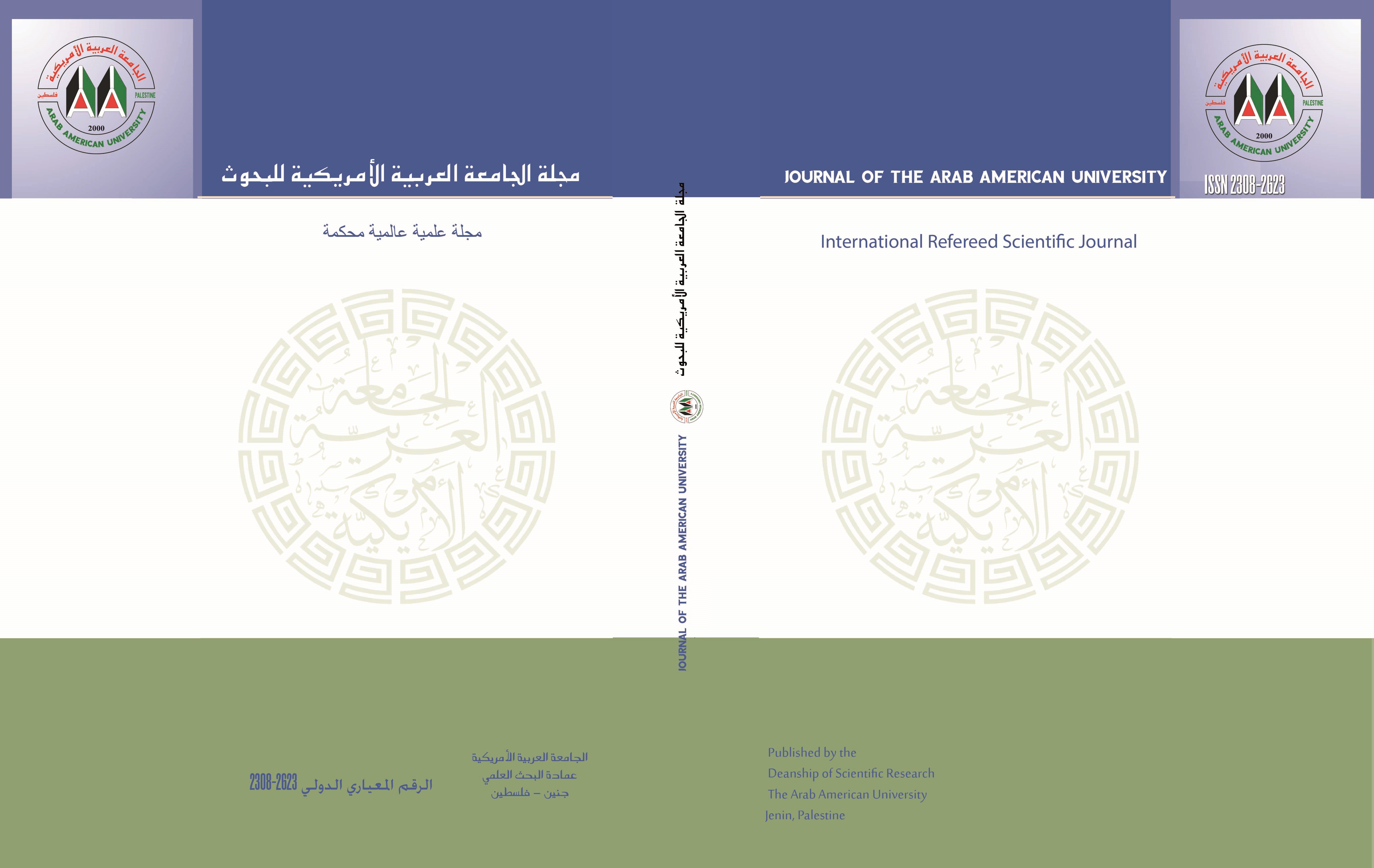Journal of the Arab American University مجلة الجامعة العربية الامريكية للبحوث

Abstract
Tyrosinemia type II, known as Richner-Hanhart syndrome (RHS), is a rare autosomal recessive disorder caused by mutations in the tyrosine aminotransferase (TAT) gene characterized by painful palmoplantar hyperkeratosis, pseudo dendritic keratitis and variable mental retardation. Several various mutations have been reported so far in the gene. Although many clinical complications of patients from the Middle East were described, the molecular basis of the disease was limited to some Tunisian and Palestinian patients. Direct molecular analysis represents the optimum approach to identify new patients or carriers of mutations in prenatal diagnosis since TAT is not expressed in chorionic villi or amniocytes. In the present study, an expanded molecular analysis of mutations in the TAT gene among new seven Palestinian tyrosinemia type II patients from six unrelated families is described. After sequencing the entire 12 exons and exon-intron boundaries of the gene, two mutations could be identified: a nonsense mutation, p. R417X, in two patients and a splicing mutation, p.T408T, among the other five patients. Six polymorphisms in the gene were also detected;three previously described including IVS11+143a>g, IVS8+113t>c, and p.S103S and three additional ones including g→t @-17, IVS7+84c>g, and IVS9-73g>t are described here. The p.T408T splicing mutation seems specific to the Palestinian RHS families since this nucleotide transversion was not reported in patients from other populations. Mutation analysis in tyrosinemia is very beneficial to identify carriers among high risk groups and communities for premarital genetic counseling.
Recommended Citation
Darwish, Hisham
(2018)
"Aminotrasferase (TAT) Gene Mutations Among Palestinian Tyrosinemia Type II Patients: An extended study,"
Journal of the Arab American University مجلة الجامعة العربية الامريكية للبحوث: Vol. 4:
Iss.
1, Article 1.
Available at:
https://digitalcommons.aaru.edu.jo/aaup/vol4/iss1/1

